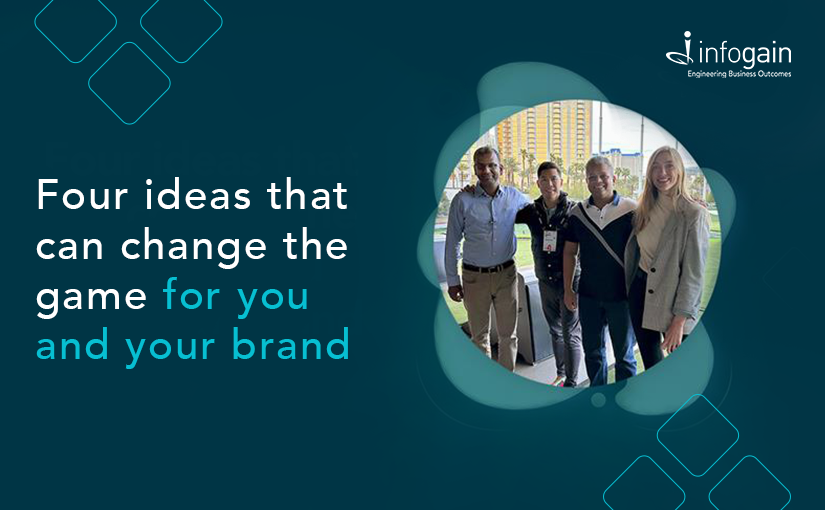- Posted on : April 19, 2023
-
- Industry : Corporate
- Service : Digital Experience
- Type: Blog

It’s common to come back from any major trade show or convention and say that the world has changed forever. This time, it’s true.
At Adobe Summit last month I saw four ideas that will change the game for brands, agencies, marketers, creatives, suppliers, and even freelancers for decades to come.
Generative AI
Lots of buzz about this one. Adobe calls their versions AI Firefly and Sensei. To oversimplify, Firefly generates visuals and Sensei supercharges everything that Adobe builds. Together, they’ll change everything about how campaigns are designed, created, delivered, and measured, starting with timelines, budgets, and staffing models.
Firefly creates images, vectors, videos, and 3D from text. Still in beta, it will change the game for stock houses the way that stock houses changed the game for photographers and film makers in the 1990s.
Sensei is an AI layer that enhances Adobe products. For now, that’s Real-Time CDP, Marketo Engage, Customer Journey Analytics, Journey Optimizer, and Experience Manager. It surfaces new levels of insight, enables even relatively junior practitioners to act on them, and predicts how changes based on those insights will affect results. Clearly, Sensei will shake up how strategy teams are led and organized. More important, it will change customer expectations for how quickly and thoroughly brands incorporate data-driven insight into campaigns and products.
Product is marketing and marketing is product
Any digital product is also an experience, and part of that experience is the marketing for the product itself. The relationship between the two morphs constantly, and the keys to balancing it are to understand how the two interact, then scale that understanding across your org as one integrated product-centric process. The entire Adobe ecosystem enables practitioners to do this, but the problem remains enormously complex, so solving it still requires lots of human creativity—and rock solid governance.
Automated customer journey mapping
Marketers have always faced an existential problem: understanding where, when, and how customers meet their brands and how each of those touchpoints affects their behavior.
Adobe solved this problem. Then they automated the solution. Now brands can map customer journeys and personalize responses to customer actions in real time. The ancient problem of engagement remains but omnichannel attribution is a given. Technologies like multi-touch modeling and digital twins let us surface, test, and optimize new insights into our results faster than ever before, which leaves us free to focus on using creativity to engage customers.
The content supply chain
Brands can barely meet the demand for content now, but new channels open almost daily, each with unique requirements—and voracious appetites—for content. Ever since Bill Bernbach first paired writers and art directors in the 1960s, marketers have treated content as a creative issue. Adobe treats it as a supply issue, to which a data-driven, AI-enabled content supply chain is the obvious solution. This is the interlocking mesh of people and tools that brands use to plan, create, distribute, and measure content across channels. So even if you don’t use Adobe technologies, you now work within their concept of a content supply chain.
These four ideas are already changing how brands, agencies, clients, in-house teams, content creators, and vendors work together. These relationships have become far more fluid than ever before and are likely to become even more so. That said, marketers are still human, so governance and alignment will always be issues no matter how good the tools get. And our audiences will always be human, so there will always be a need for human insight alongside the kind of astonishing technology that Adobe showed us last week.
Contact me if you want to go through how any of these can change the game for you and your brand.







